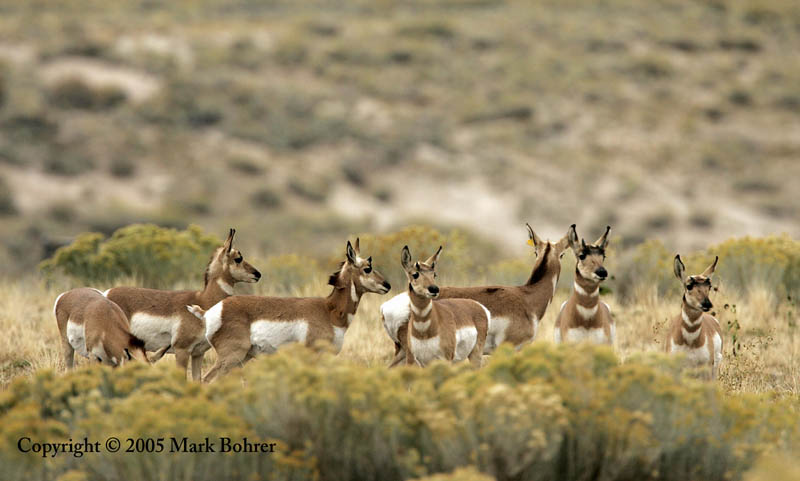If you could work outside the cubicle, what would you really like to do?
I’ve asked myself that question repeatedly. As a fresh engineering graduate in the late 1970s, my answer was playing music onstage. I wrote and performed alongside engineering jobs until the mid-1980s, when music got to be too much of a hassle. I still miss it sometimes, like an old lover.
Then I started looking for that ideal job. You know, the one where your staff always goes beyond what you ask for, and management approves your most interesting product ideas. I looked in Silicon Valley, and in Colorado near the Front Range. It took me way too long to figure out there’d always be non-ideal stuff to put up with.
After my last design job ended in 2003, I started photographing wildlife. I went to places like Antelope Island State Park, Hardware Ranch Wildlife Management Area, and Bosque del Apache National Wildlife Refuge looking for animal behavior to capture on pixels. After some print sales, a bunch of article rejections, and a few published pieces, including one in a national magazine, I decided to pursue plan B.
I started writing articles, white papers and other content for technical clients. Engineers, management and executives are too busy to write most of the stuff with their bylines. They hire people like me with technical backgrounds to do it for them. In between writing stories there was a stint as a software applications engineer. It reminded me of how much I hate corporate ego games, no matter how good the pay is.
The writing business began to dry up last year.
So I stopped and asked myself what I really wanted, after doing what other people wanted or expected of me for so many years.
That made me seriously consider escaping the office.
My wife pointed out that I sometimes know as much about National Parks and Monuments we’re visiting as the rangers do, and I love these places. After not taking her seriously for awhile, she convinced me to enter a well-regarded program in Park Management at Saratoga, California’s West Valley College.
Consider all the skills you need as a park ranger or wilderness tour leader. Navigating the territory is a small part. If somebody gets hurt out there, the ambulance may not arrive for days, if ever. You need solid wilderness first aid skills for anything from diabetic emergencies to full-thickness burns, frostbite, and arterial bleeding. You and your party may have to survive a midwinter night out if you get too far from camp close to sunset.
You may also have decide what to do about non-native plants the native animals have come to rely on, or how much restoration of cultural artifacts like ruins is OK. Maybe you’ll get to develop an interpretive program for visitors, and present it to them. You may also work a fire line, or report illegal marijuana fields in the backcountry.
It’s a lot more than wearing a uniform and Smokey the Bear hat. I hope for a job doing interpretation. Instilling respect for the resource is a must in today’s disposable, over-packaged world. But I also want to use my knowledge and career to advocate for a responsible answer to the question, “Where does it end?”
The good news is that the park management job picture, already pretty good due to the growing number of baby-boomer retirees, should be even better when I finish the program in two years. Meanwhile, I hope to build my skills and connections with summer work for local agencies.
Shot Notes –
I’d gone to Antelope Island to photograph bison in December, when males are playful and not fighting over mates. I was packing up when I noticed this group of shy pronghorn antelope munching sage and grass fifty yards away. I captured a couple frames with a 500mm f/4L IS lens and 1.4X teleconverter before they glided away. Equivalent full-frame focal length was 910mm on an EOS 1D mark II. Light was soft and overcast, so contrast was easily within the camera’s range.


Recent Comments